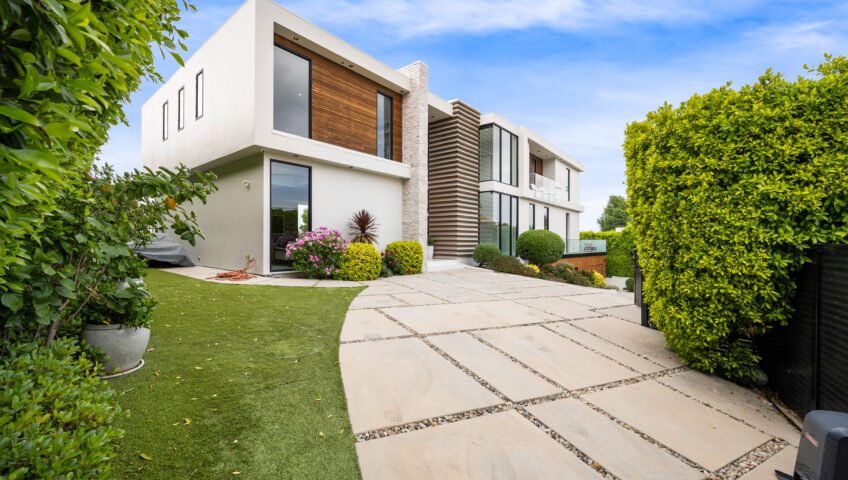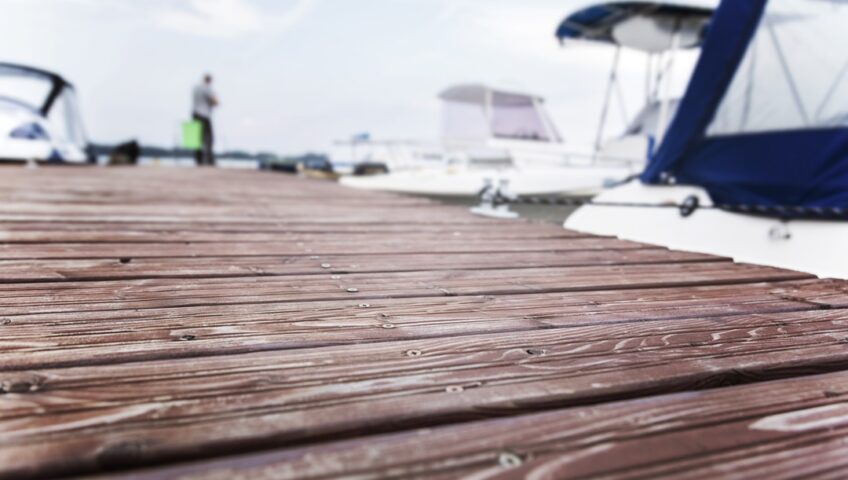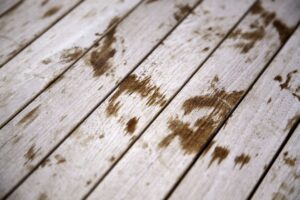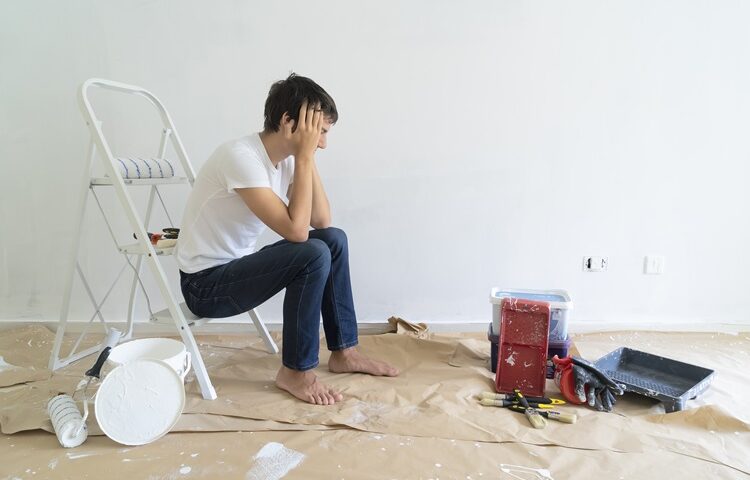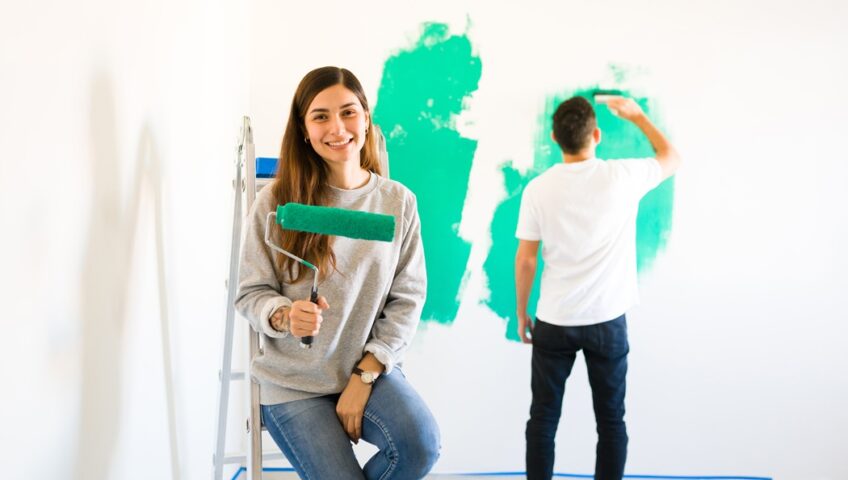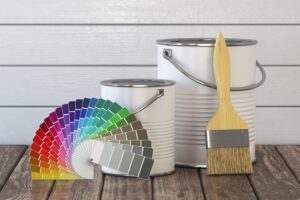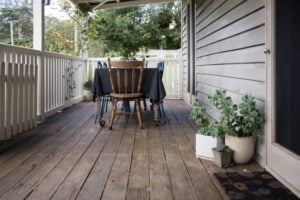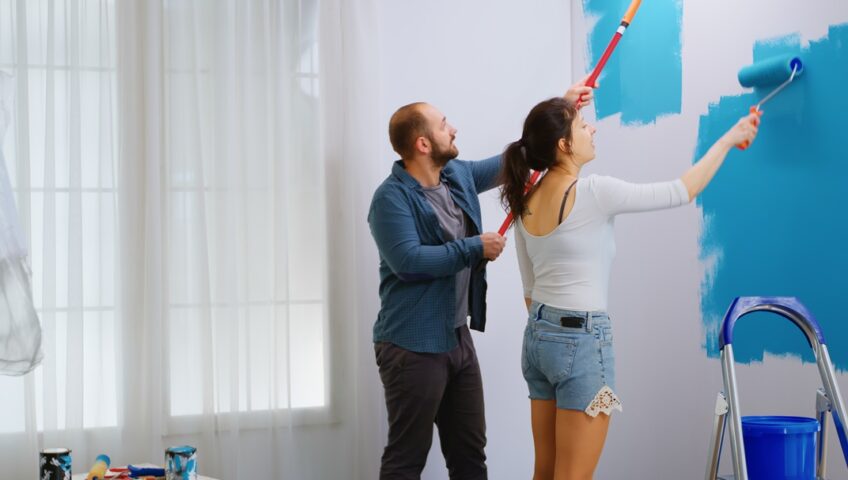
The Difference Between Decorative Painting and Regular Interior Painting
If you’re a New Jersey homeowner thinking about updating your interior walls, you might be debating between a standard paint job and something more creative. Maybe you’ve seen textured or metallic finishes online and wondered if they’re worth it, or worried they’ll feel “too much.” Many homeowners don’t realize how big the difference really is between custom decorative painting and regular interior painting. That’s where Inside Out Painting, LLC comes in. Our team of professional painters has spent over a decade helping homeowners across Morris, Essex, Union, and Passaic Counties achieve both classic and custom looks; whether it’s a smooth, flawless wall finish or an artistic statement that turns a room into something truly personal.
Regular Interior Painting: Clean, Consistent, and Protective
Regular interior painting is what most homeowners are familiar with. It’s all about coverage, color, and protection.
What It Does
The goal is to create a smooth, even coat that refreshes your space and seals your walls from moisture, stains, and wear. It’s the backbone of every well-maintained home.
Techniques & Tools
Painters typically use brushes and rollers for uniform coverage. The process focuses on prep work; patching small imperfections, sanding, priming, and applying one or two coats of high-quality paint.
Best For
- Refreshing outdated walls with a new color.
- Protecting drywall and trim from humidity or scuffs.
- Maintaining a neat, modern look throughout your home.
Regular interior painting is ideal when you want a clean, consistent finish that blends seamlessly across rooms, think kitchens, hallways, or bedrooms in homes around Montclair or Summit.
Decorative Painting: Where Function Meets Art
Decorative painting, on the other hand, transforms walls into focal points. It’s not just about color, it’s about depth, texture, and expression.
What It Does
Decorative painting introduces visual interest through techniques that mimic materials or create atmosphere. From marbleized columns in Livingston dining rooms to soft Venetian plaster in Morristown bedrooms, these finishes add a high-end, customized touch that regular paint can’t match.
Common Decorative Techniques
- Faux Finishes: Create the illusion of marble, stone, or aged patina.
- Glazing: Adds translucent layers for depth and richness.
- Metallics: Subtle shimmer or bold reflective effects for modern interiors.
- Stenciling: Intricate patterns for accent walls or ceilings.
- Textured Plasters: Adds dimension, perfect for statement spaces.
Best For
- Accent walls, entryways, or feature rooms.
- Historic or luxury homes that deserve character.
- Homeowners who want a custom look that reflects personal style.
Choosing the Right Option for Your Home
- If your goal is a clean refresh before selling or updating your décor, a traditional paint job is perfect. But if you’re looking to express personality, say, a soft clouded finish in a child’s room or a luxurious plaster wall behind your dining table, decorative painting can completely redefine the feel of your space.
In older NJ homes, especially in towns like Westfield or Maplewood, decorative finishes also help blend modern updates with original architecture. It’s a subtle way to add warmth and craftsmanship without losing authenticity.
Why Hire a Professional for Decorative Painting
Here’s the thing. Decorative painting is as much about technique as it is about taste. It requires a steady hand, specialized materials, and an eye for balance. If there’s too much glaze or texture, the effect looks forced. Too light, and it disappears. That’s why homeowners across northern New Jersey trust Inside Out Painting for this type of detailed work. Our painters aren’t just trained in precision; they understand how light, color, and texture interact in real homes, not just on sample boards.
FAQs
What is the difference between decorative paint and normal paint?
Decorative paint is designed for visual texture and artistic finishes, while normal paint focuses on protection and uniform coverage.
What is the meaning of decorative painting?
Decorative painting is an artistic approach that enhances surfaces using techniques like faux finishes, stenciling, or metallic accents to create a specific mood or design.
Is decorative painting more expensive than regular painting?
Usually, yes—because it requires specialized materials, techniques, and more time to achieve the desired effect.
Can I combine decorative and regular painting?
Absolutely. Many homeowners use standard paint for most walls and decorative finishes for focal areas like fireplaces, niches, or accent walls.
Ready to Transform Your Walls?

Whether you’re dreaming of a sleek modern interior or a statement finish that stands out, Inside Out Painting can help. Our team combines technical skill with creative expertise to deliver one-of-a-kind results that elevate your home’s character.
Call us today at 973-743-8800, 732-382-3922, or email us at insideoutpainting@hotmail.com to schedule your free decorative painting consultation. Let’s make your walls as unique as your home.

